Scaling Up for Successful Startup Growth
***Check the end for the Scalability Assessment Template and examples.
Common Scalability Issues and Challenges
Scaling a startup is an exhilarating journey, but it's not without its share of common challenges that spans across different industries. Resource limitations often come to the forefront as a startup grows. What was once a lean and efficient team may struggle with the increased workloads, while the financial demands of expansion can be intimidating. Simultaneously, operational efficiency can take a hit. Processes and workflows that were effective for a smaller organization may become bottlenecks, and existing technology and infrastructure may lack scalability and adaptability to accommodate heightened demand and complexity.
The Team is Work
Building the right team to support this growth is pivotal. It involves strategic hiring to fill key roles critical to your expansion and ensuring that individuals brought into the organization align with your company's culture and mission. It also encompasses the development of a structured onboarding process to seamlessly integrate new team members and ongoing training to keep their skills and knowledge relevant to your evolving needs. Cross-training among your existing team members diversifies their skill sets, making them more adaptable to a broader range of responsibilities.
Perform Scalability Assessments and Rapid Iteration
As you navigate the challenges of scaling, it's crucial to assess your internal operations. Conducting a scalability assessment helps identify bottlenecks and areas that may hinder your scaling efforts, laying out a clear path for improvement. Gathering feedback from team members who are actively involved in your operations can offer valuable insights into pain points and opportunities for enhancement. Implementing incremental changes, rather than sweeping ones, allows for measured and efficient progress without undue disruption. Embracing an agile approach to problem-solving ensures you can adapt and fine-tune your strategies as you learn and grow.
Build Confidence Among Investors and Customers
Cultivating and maintaining trust with investors and customers is a critical aspect of your startup's growth strategy. Transparency, through open and clear communication with your stakeholders, helps build trust and reassurance. Utilizing case studies and success stories to showcase your ability to navigate scaling challenges can instill confidence. Encouraging satisfied customers and investors to provide testimonials or referrals can significantly boost trust. Highlighting your dedication to quality standards as you scale reassures stakeholders that your commitment to excellence remains unwavering.
Growth is Complex
Scaling a startup is a complex process marked by challenges that transcend industry boundaries. Thoughtful team growth, systematic addressing of internal scaling challenges, and the nurturing of trust among investors and customers are key components in confidently navigating the path to expansion. Scaling isn't just about increasing numbers; it's about preserving the quality and values that have been the foundation of your journey so far. With the right strategies and an unwavering commitment to excellence, your startup can embrace growth while staying true to its vision and purpose.
One Day Scalability Assessment Template
You can perform a simplified scalability assessment in one day with your startup team:
Define Objectives: Start the day by defining the objectives of your assessment. Clearly state what you aim to achieve and identify the specific areas you want to assess. Keep your focus on the most critical aspects for your startup's growth.
Team Workshop: Gather your startup team in a workshop setting. This should include key members from various departments or teams. You can use an online collaboration tool if your team is distributed.
Documentation Review: Have your team review existing documentation and processes in a collaborative session. Identify areas where processes may become bottlenecks and note potential improvements.
Process Mapping: Create a simplified process map of how tasks and activities are currently executed. Use sticky notes or a whiteboard to visualize this. Focus on high-level steps and potential inefficiencies.
Data Snapshot: Take a quick snapshot of relevant data and metrics that might indicate performance issues or resource constraints. You don't need a deep analysis; just look for trends or anomalies.
Team Feedback: In a short team discussion, gather feedback from team members on challenges, bottlenecks, and their insights on potential solutions. Keep it concise and focused.
Resource Allocation: Discuss how human and financial resources are currently allocated. Determine whether these allocations are sufficient for your scaling plans or if adjustments are needed.
Technology Check: Assess your current technology and infrastructure. Identify any obvious limitations or concerns related to scalability.
Scalability Testing (Optional): If time allows, run a quick, high-level simulation of how your current systems and processes might handle increased demand. Focus on identifying any glaring weaknesses.
Prioritization: In a brief discussion, prioritize the identified issues based on their potential impact on your scaling goals. Identify the most critical areas that need attention.
Recommendations: In another team session, develop a set of actionable recommendations to address the most critical issues. Keep these recommendations simple and specific.
Action Plan: Outline a high-level action plan for implementing the recommendations. Define who is responsible for each action and set rough timelines.
Follow-up: Schedule a follow-up session for a week or two later to discuss progress, assign responsibilities, and fine-tune the action plan. Keep this meeting concise.
By focusing on the most critical aspects and streamlining the process into a one-day workshop, your startup team can quickly identify scaling challenges, gather valuable insights, and kickstart the process of improvement. The key is to keep the assessment simple, actionable, and conducive to your startup's fast-paced environment.
Example Scalability Assessment: Google Search circa 2006
Let's imagine we're conducting a one day scalability assessment for Google Search in 2006 when they were already a prominent startup with significant growth potential. Here's how it might look:
Define Objectives: Our objective is to assess the scalability of Google Search to accommodate increasing user traffic and to identify potential bottlenecks in the system.
Team Workshop: The core team members, including software engineers, data scientists, and product managers, gather in a workshop session.
Documentation Review: Team members review existing documentation related to the search algorithms and data storage systems. They discuss potential bottlenecks that may arise as the user base grows.
Process Mapping: Using a whiteboard, the team creates a simplified process map of how a search query is processed, focusing on key steps from user input to search results. They highlight potential inefficiencies in the process, such as data retrieval and indexing.
Data Snapshot: The team takes a quick snapshot of the current data storage and retrieval performance, noting any signs of lag or system stress during peak usage times.
Team Feedback: In a brief discussion, team members share their insights on potential bottlenecks, based on their hands-on experience. They mention concerns like server response times during peak hours.
Resource Allocation: The team discusses the allocation of server resources and engineering personnel. They consider whether the existing allocation is sufficient to meet the demands of a growing user base.
Technology Check: They review the current server infrastructure and explore whether there are any limitations in terms of hardware and software that might hinder scalability.
Scalability Testing (Optional): The team runs a quick, high-level simulation to estimate how the current systems might handle a 2x increase in search queries. They identify areas where the system starts to show signs of stress, such as increased response times.
Prioritization: In a team discussion, they prioritize issues based on their potential impact on the company's scaling goals. They identify that improving server response times and optimizing data storage are top priorities.
Recommendations: The team develops simple recommendations, such as upgrading server hardware, implementing caching strategies, and optimizing the indexing algorithm. These recommendations are specific and actionable.
Action Plan: They outline a high-level action plan, including assigning responsibilities to engineers and setting a rough timeline for each recommendation's implementation.
Follow-up: The team schedules a follow-up meeting for two weeks later to review progress, discuss any challenges encountered during implementation, and fine-tune the action plan.
In this scenario, the Google Search team is taking a proactive approach to identify and address potential scalability issues in their system, ensuring that they can continue to deliver fast and efficient search results as their user base continues to grow rapidly.
Example Scalability Assessment: Fitbit circa 2008
If that wasn’t enough, here’s a one day scalability assessment for Fitbit in 2008, a startup with the goal of revolutionizing fitness tracking and wearable technology:
Define Objectives: Fitbit's objective is to assess the scalability of its wearable fitness tracking technology, especially in anticipation of increased user adoption.
Team Workshop: The core team members, including hardware engineers, software developers, and product designers, gather in a workshop session.
Documentation Review: Team members review existing documentation related to the technology behind Fitbit devices and mobile apps. They discuss potential bottlenecks, especially in data synchronization and device connectivity.
Process Mapping: Using a whiteboard, the team creates a simplified process map of how data is collected from Fitbit devices, processed, and displayed on users' mobile apps. They identify potential inefficiencies, such as data syncing and battery life.
Data Snapshot: The team takes a quick snapshot of the current data synchronization process, noting any potential delays or issues users may encounter when syncing their data to their mobile apps.
Team Feedback: In a brief discussion, team members share insights from their own experiences and expertise. They mention concerns such as potential Bluetooth connectivity issues and server response times during peak data syncing times.
Resource Allocation: The team discusses the allocation of resources, both in terms of server capacity for data storage and processing, and engineering personnel for improving device performance.
Technology Check: They review the current hardware and software components of Fitbit devices. They explore whether there are any hardware or software limitations that might hinder the technology's scalability.
Scalability Testing (Optional): The team runs a quick simulation to estimate how the current systems might handle a 2x increase in data syncing requests. They identify potential bottlenecks in data processing and syncing.
Prioritization: In a team discussion, they prioritize issues based on their potential impact on the company's scaling goals. They identify improving data syncing reliability and device battery life as top priorities.
Recommendations: The team develops simple recommendations, such as optimizing the data syncing algorithm, enhancing Bluetooth connectivity, and exploring energy-efficient hardware. These recommendations are specific and actionable.
Action Plan: They outline a high-level action plan, including assigning responsibilities to engineers and setting a rough timeline for each recommendation's implementation.
Follow-up: The team schedules a follow-up meeting for two weeks later to review progress, discuss any challenges encountered during implementation, and fine-tune the action plan.
In this scenario, the Fitbit team proactively assesses the scalability of their wearable technology to ensure that their fitness tracking devices can handle an increasing number of users while maintaining a seamless and reliable experience.

